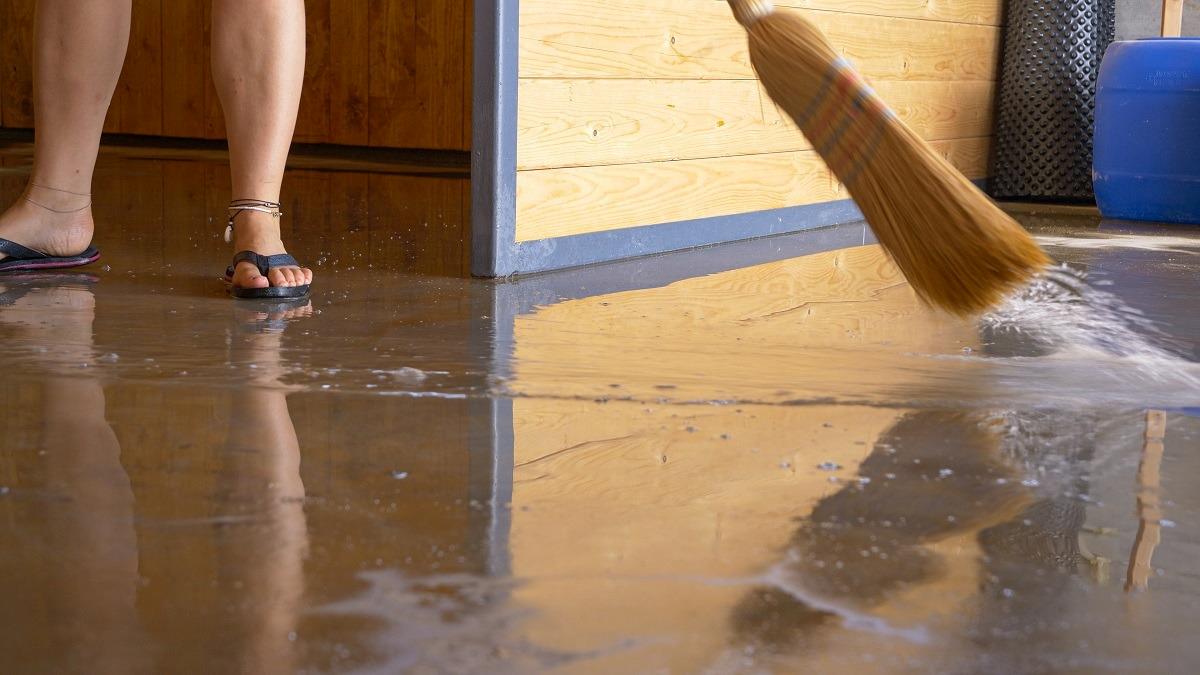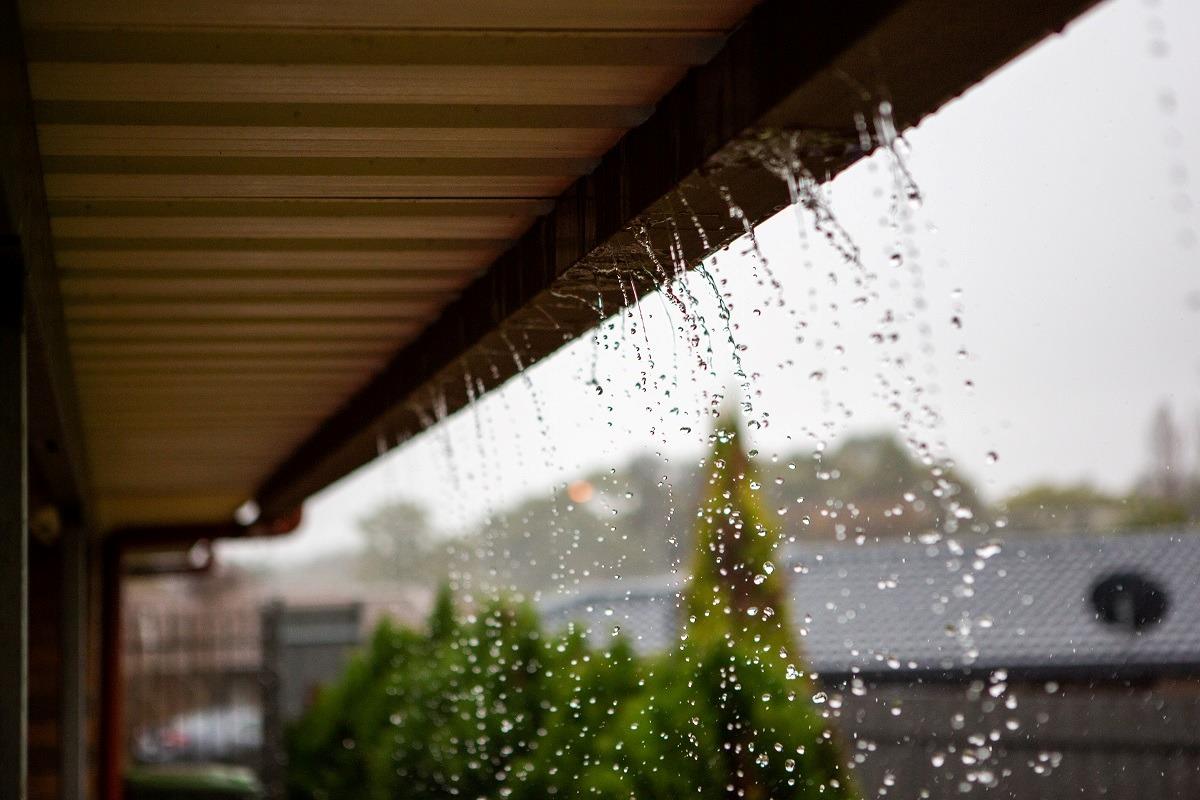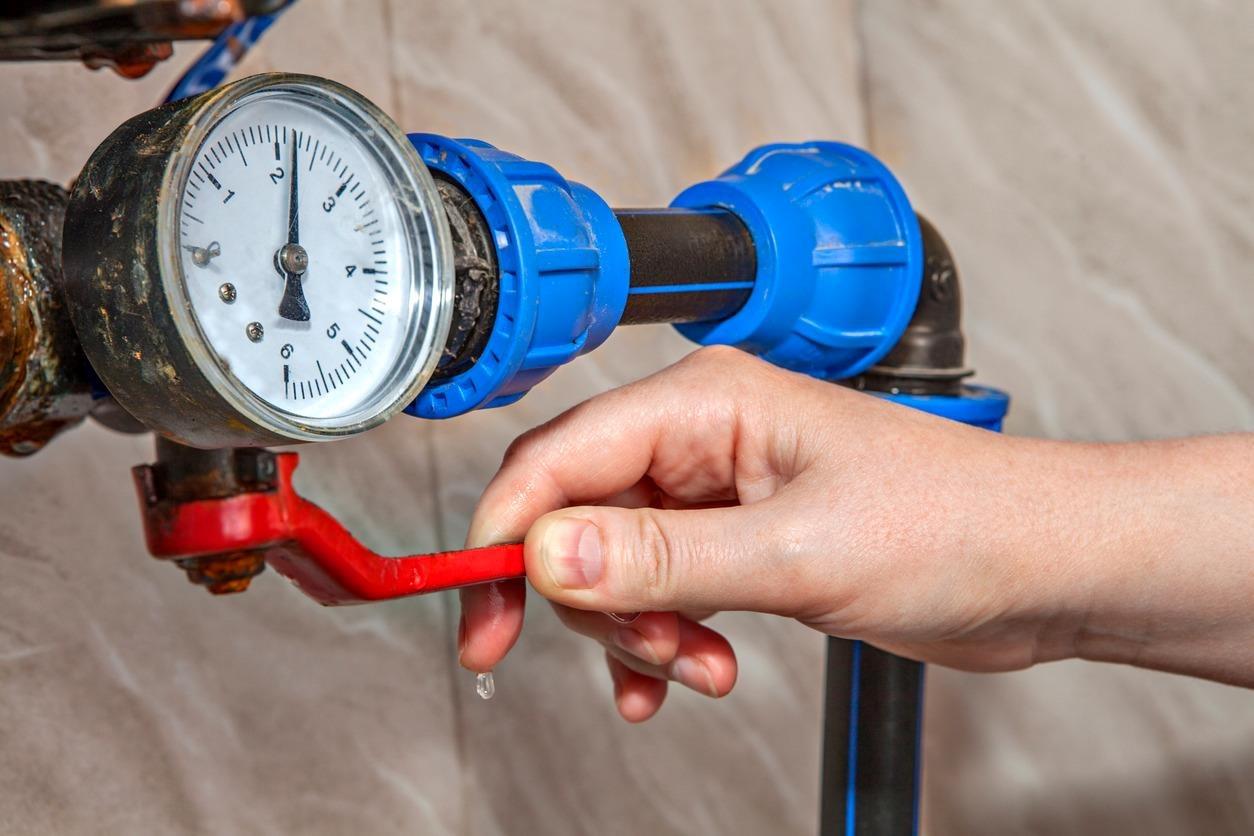Water damage is one of the most frequent water claims and can lead to serious issues in your home, including black mold and foundation issues. Unfortunately, water damage usually starts as a small issue that is either unknown or ignored, which turns into an expensive problem. So how can you tell if you have a leak, so you can stop it from getting worse? Here are the top signs and their solutions!
Sign #1: Discoloration and musty smells
Plumbing leaks generally show as dark, damp spots on your walls, floors, or ceilings. When they dry, they generally give a yellowish, stained appearance or even green or black spots. You may also detect a musty smell in the area. If you notice any of these signs, make sure to call a plumber immediately, so a professional can assess the issue and prevent further damage.
The Solution: Check your water pressure. High water pressure (more than 100 psi) can cause pipes to break. You may need a pressure regulator to fix this issue as well as a plumber to fix the broken pipe.
Sign #2: An expensive water bill
For those of us on municipal water, you may find yourself with an expensive water bill. If you don’t know why your bill is unusually high (perhaps you started watering your lawn again), then you may want to check to see if you have a leak in your home. There can be many culprits, including your toilet, water heater, or even one of your faucets.
The Solution: There are some easy ways to test for a leak, such as the food coloring toilet test, but if the answer isn’t obvious, you’ll most likely need a professional plumber to find and correct the issue.
Sign #3: Moisture on your walls and floors

Moisture on your kitchen, bathroom, or laundry room walls can mean a leaky pipe. Moisture on your basement walls can mean an issue with your foundation. The foundation is literally what your home was built on, so any damage to it can be problematic for the stability and safety of the structure. Cracks in the foundation can also allow water to flow into your basement and create an impromptu swimming pool.
If you notice any cracks, make sure to call a professional who can assess the problem.
Sign #4: Dripping water
This may seem like an obvious sign, but you can also hear dripping in some unusual places, like in your walls or behind cabinets. If you do notice an unusual noise and can’t seem to find the cause, see if you notice any other issues, such as moisture on your walls or discoloration.
Also, don’t overlook your appliances. Hot water heaters, dishwashers, washing machines, and refrigerators can easily be the culprit of a drip.
The Solution: Check your “wet” appliances to see if they have braided metal hoses. This type of hose is more durable than its rubber counterpart and is less susceptible to bursts or punctures. They are affordable and super easy to install, so if you notice rubber hoses on your appliances, replace them immediately with braided metal ones.
Also, have a professional plumber or service technician complete necessary maintenance that will keep your appliances running as efficiently as possible. For added protection, consider installing water leak sensors near appliances that could potentially spring a leak.
Sign #5: Puddles in your yard
While not quite a necessary sign of a current leak, poor yard drainage can also damage your home. If you ever notice your yard holds water after a rainstorm, the water can easily seep back into ground and then into your basement, and you may not know until it’s too late!
The Solution: You may be able to change where your sump pump discharge pipe drains or extend a downspout, which can help to stop water from flowing back into your home. However, it could require a more complicated solution, such as installing a dry well or a French drain. Call a professional to help you decide how best to save your home and lawn.
Sign #6: An overflowing gutter

Leaks and clogs in the gutters can lead to excess water on your roof. When water doesn't drain properly, it can damage the shingles and erode the compounds that keep everything sealed and dry. Pooling water can easily get into your attic and cause extensive and expensive water damage.
The Solution: Sweeping out rain gutters is something that should be done as needed, depending on your surroundings and how much debris your home encounters. A good rule of thumb is to clean your gutters twice a year – in late spring after the seeds fall and in late autumn after the leaves fall.
How to stop the water from flowing

Before you even have a leak, find your home’s water shut-off valve. This is generally a gnarled or straight lever that when turned, will shut off the water coming into your home. If a pipe breaks or you discover a major leak, you can mitigate the damage by turning this handle into the closed position.
You may also want to talk to a professional about installing an automatic water shut-off valve, which can turn your water off automatically if it detects an issue. Doing so can save you money on your policy premium.
Welcome to POM
It stands for Peace of Mind. For us, that’s more than a catchy name. It’s our entire way of doing business. What can you expect from a POM Homeowners Policy? Straight talk and complete transparency. If it’s not specifically excluded in the policy, then it is covered. It’s that simple. And because we believe in protection and prevention, you can save as much as 15% with discounts for items like Smart Home technology.
POM content is powered by vipHomeLink